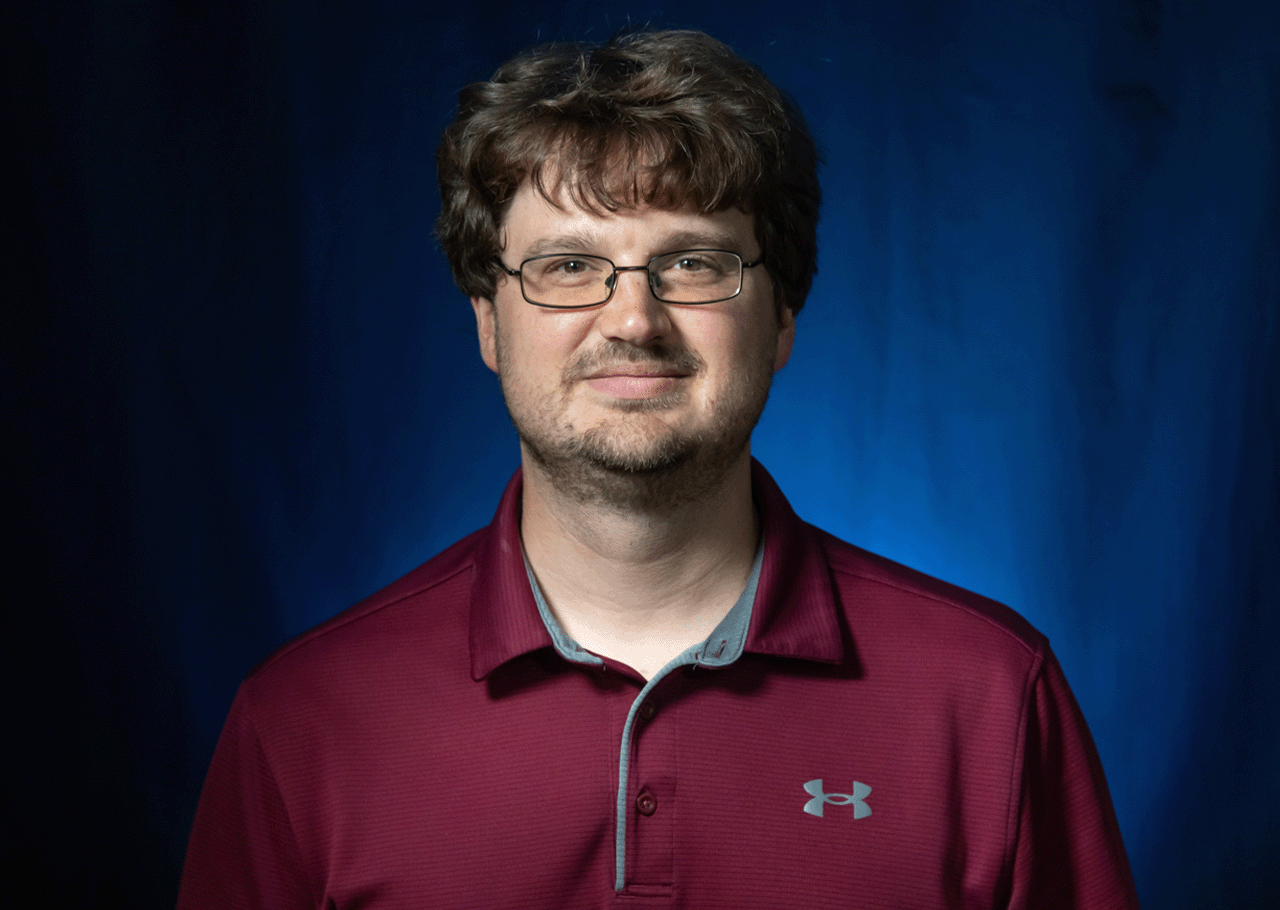Derek Meyers
Department of Physics
Dr. Derek Meyers joined the Department of Physics as an assistant professor in August of 2019. His research is focused on creating new phases of matter by assembling materials one atomic layer at a time.
In nature, you will find seemingly endless natural materials including minerals, biological systems, clays, etc. Throughout history, much of our technological advancement can be directly tied to leveraging the properties of these varied systems for a particular purpose, such as the use of lodestones and magnetic iron rocks, for the first compasses. In the last century exponential progress in our understanding of such natural materials seeded the technological revolution. This is especially true regarding the understanding of numerous semiconducting materials that are combined to form the modern transistor, the lynchpin of all modern computers.
Despite these significant contributions, the evolving needs of technology demand materials with precise combinations of properties such as temperature stability, electrical resistance, magnetic behavior, hardness, etc. To meet this demand great effort has gone into creating bulk materials that do not occur in nature. However, such materials are limited by the laws of thermodynamics, greatly inhibiting our attempts to tailor material properties to directly address technological needs. To address this limitation, in the last several decades experimental techniques have been perfected that allow the formation of materials out of thermodynamic equilibrium, allowing creation of artificial materials with no analogues in nature. In Meyers’ laboratory, a pulsed laser is used to ionize atoms and deposit them on an atomically flat seed crystal. This allows precise synthesis of a two-dimensional layer of atoms, exactly one atom thick. Most importantly, another layer of atoms, either the same element or many other possible elements, can then be deposited on top of the first layer. This process can be repeated over and over, creating two-dimensional stacks hundreds of atoms thick. Amazingly, these stacks are continuous over a centimeter by centimeter area, despite being only one millionth of a centimeter thick. Altering the atomic stacking sequence, even minutely, can cause massive changes in the observed properties. This allows precise tuning of the material’s behaviors to meet technological demand.
The most interesting use of this technique, however, is the generation of anomalous behaviors that have never been observed in natural or even synthetic bulk materials. In this case, instead of engineering materials to meet technological demand, the unanticipated behavior can lead to truly novel technologies with unique functionality beyond the scope of any current devices. Research in the Meyers’ laboratory is focused on generation of artificial unconventional superconductivity and geometrical engineering of topological phases of matter. Both of these efforts are aimed at contributing to the current rapid advancement of quantum computing, with potential for paradigm-shifting leaps in processing power and practicality.
Understanding these anomalous phases of matter is itself a major challenge, partially due to the incredibly thin composition of the atomic stacks. In Meyers’ laboratory, we routinely travel to synchrotron facilities such as Argonne National Laboratory and Brookhaven National Laboratory to use state-of-the-art x-ray measurement techniques to study our artificial materials.
Meyers’ laboratory is also dedicated to address challenges in Physics research and pedagogy. Off campus activities including high school and middle school demonstrations as part of the Oklahoma State Science Posse are intended to encourage students from all groups to pursue careers in STEM.

